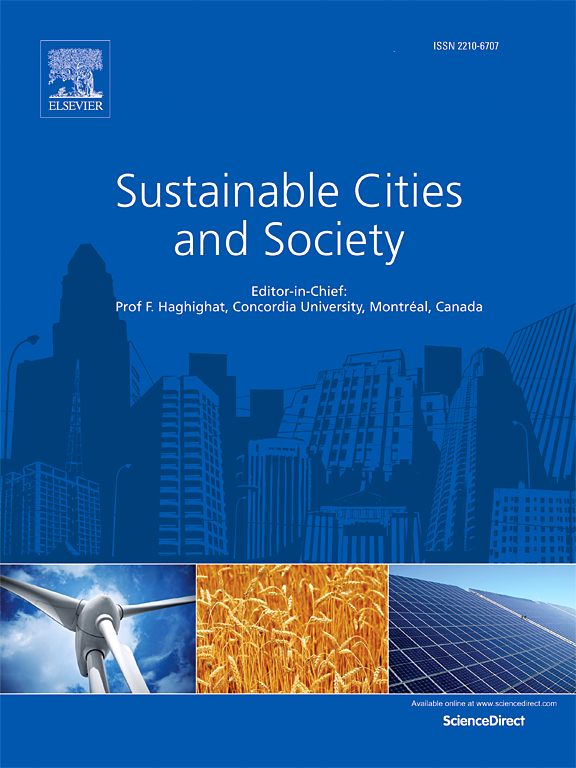Paving the path to urban flood resilience by overcoming barriers: A novel grey structure analysis approach
IF 10.5
1区 工程技术
Q1 CONSTRUCTION & BUILDING TECHNOLOGY
引用次数: 0
Abstract
Urban flood resilience is essential to address increasingly flood risks through dynamic adjustments and proactive adaptations. However, the enhancement of urban flood resilience is challenged by various institutional, socioeconomic, technological and environmental barriers, particularly given the long-term, multi-stakeholder, and multi-resource nature of the problem. These barriers are interconnected and influence each other, requiring a systematic approach to understand them rather than addressing them piecemeal. This paper introduces a novel grey structure analysis approach based on grey possibility DEMATEL-ISM to identify the causal relationships and hierarchical structure among barriers. The goal is to systematically explore the best strategies and timing for overcoming these barriers. The findings indicate that institutional barriers, such as policy deficiencies and weak regulatory enforcement, are foundational challenges that must be addressed in the short term. Prioritizing institutional and technological barriers can mitigate the impact of surface-level barriers related to the natural environment and emergency response. Moreover, stakeholders underestimate the roles of public participation and natural environment barriers in urban flood resilience strategies. This highlights the need for a more balanced consideration of these barriers in long-term resilience planning to reduce the vulnerabilities of the public and marginalized groups and enhance ecosystem-based urban resistance and recovery capabilities. The urban heterogeneity of flood resilience barriers indicates cities in developing countries face policy gaps, limited technology, and resource constraints, while developed countries struggle with policy misalignment, underutilized technology, and bureaucratic inefficiencies in emergency management.
求助全文
约1分钟内获得全文
求助全文
来源期刊

Sustainable Cities and Society
Social Sciences-Geography, Planning and Development
CiteScore
22.00
自引率
13.70%
发文量
810
审稿时长
27 days
期刊介绍:
Sustainable Cities and Society (SCS) is an international journal that focuses on fundamental and applied research to promote environmentally sustainable and socially resilient cities. The journal welcomes cross-cutting, multi-disciplinary research in various areas, including:
1. Smart cities and resilient environments;
2. Alternative/clean energy sources, energy distribution, distributed energy generation, and energy demand reduction/management;
3. Monitoring and improving air quality in built environment and cities (e.g., healthy built environment and air quality management);
4. Energy efficient, low/zero carbon, and green buildings/communities;
5. Climate change mitigation and adaptation in urban environments;
6. Green infrastructure and BMPs;
7. Environmental Footprint accounting and management;
8. Urban agriculture and forestry;
9. ICT, smart grid and intelligent infrastructure;
10. Urban design/planning, regulations, legislation, certification, economics, and policy;
11. Social aspects, impacts and resiliency of cities;
12. Behavior monitoring, analysis and change within urban communities;
13. Health monitoring and improvement;
14. Nexus issues related to sustainable cities and societies;
15. Smart city governance;
16. Decision Support Systems for trade-off and uncertainty analysis for improved management of cities and society;
17. Big data, machine learning, and artificial intelligence applications and case studies;
18. Critical infrastructure protection, including security, privacy, forensics, and reliability issues of cyber-physical systems.
19. Water footprint reduction and urban water distribution, harvesting, treatment, reuse and management;
20. Waste reduction and recycling;
21. Wastewater collection, treatment and recycling;
22. Smart, clean and healthy transportation systems and infrastructure;
 求助内容:
求助内容: 应助结果提醒方式:
应助结果提醒方式:


